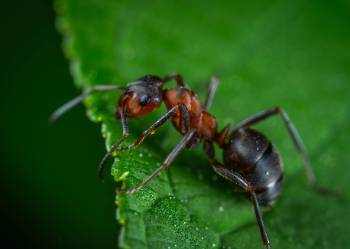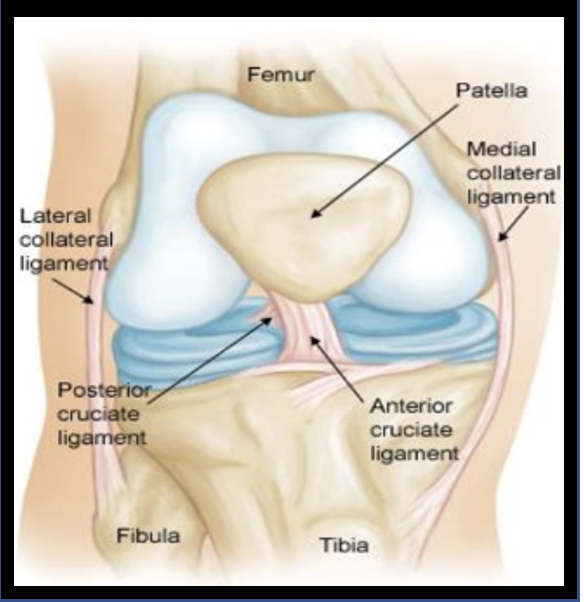
Eric Gwadz: The Effect of Nicotine on Visual Developmnent: A Research Study Through Zebrafish
May 2022
The usage of electronic nicotine delivery devices (ENDS) has increased in popularity over recent years. Studies in animals indicate that nicotine exposure of a fetus has been linked to potential birth defects, but there is not conclusive evidence on the potential harm of ENDS during pregnancy in humans. In this study, larval zebrafish were chronically exposed to nicotine during most of the visual development window. Though the effects of nicotine on the optokinetic response, length, eye diameter and survival rate of zebrafish were non-significant, substantial negative trends were observed

